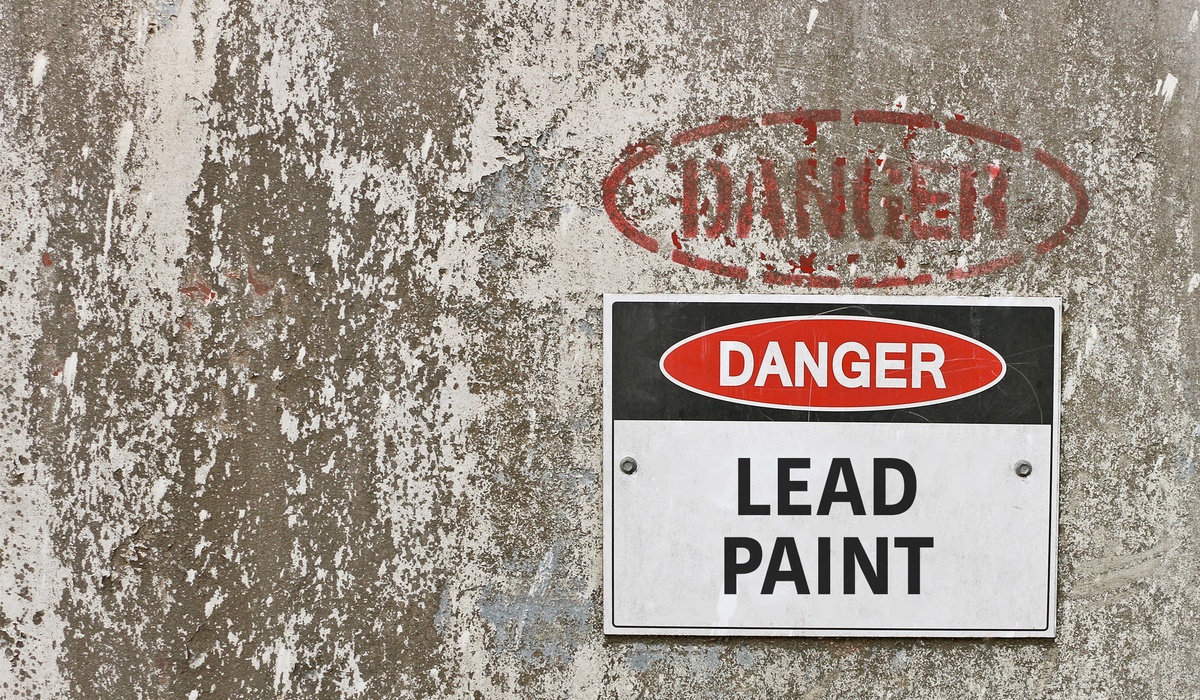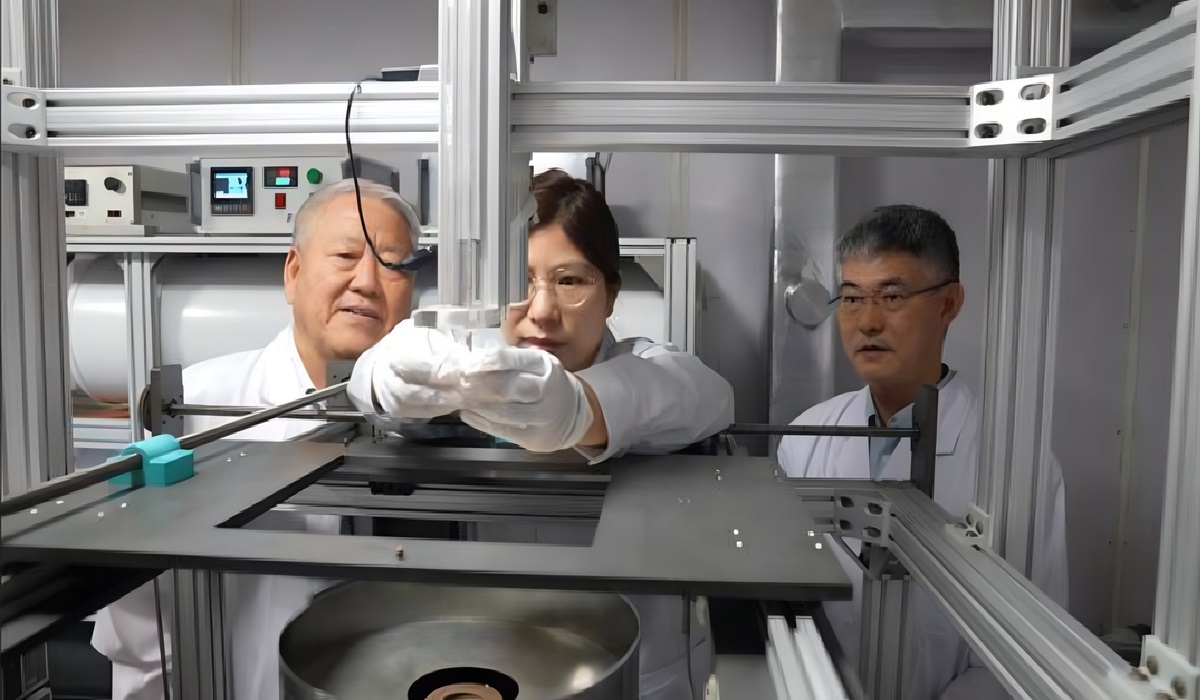Many everyday items have evolved from surprisingly hazardous origins. While modern safety standards protect us today, history hosts products that were once commonplace despite their dangerous properties. Let’s look at some of these materials.
Both homes and toys contained lead paint for decades. People admired its long-lasting finish without understanding the severe health risks it posed. Children were particularly vulnerable, as they often chewed on painted surfaces like cribs and toys. Over time, scientists linked lead exposure to serious health issues, including developmental problems and neurological damage. This discovery led to widespread bans and a massive public health effort to remove lead paint from older buildings.
Mercury was another material with widespread applications. People used it in everything from thermometers and dental fillings to felt hat production. The phrase “mad as a hatter” originated from the neurological damage that hat makers suffered due to mercury exposure during the felting process. This toxic heavy metal can cause severe harm to the nervous system, kidneys, and lungs. Today, safer digital thermometers and alternative dental materials have replaced most mercury-based products, reflecting our improved understanding of the material’s dangers.
Asbestos became a go-to building material in the 20th century because of its excellent insulation and fire-resistant qualities. Pipe insulation, ceiling tiles, and floor adhesives are some of the uses of white asbestos. Homeowners valued its ability to protect their properties from fire damage. However, inhaling asbestos fibers can lead to devastating lung diseases, including mesothelioma and asbestosis. The realization of these long-term health consequences prompted strict regulations and removal programs worldwide.
The final hazardous material to discuss is arsenic, a naturally occurring element that we used in household items, most notably in wallpaper during the 19th century. Popular, bright, and vibrant pigments, such as Scheele’s Green or Paris Green, contained arsenic. These wallpapers were especially popular in Victorian-era homes, lending an air of luxury and elegance. However, the toxic nature of arsenic posed serious health risks. When exposed to moisture, these wallpapers could release arsenic-laden dust or fumes, leading to symptoms ranging from headaches and skin irritation to severe respiratory problems and even poisoning. The dangers of arsenic-based products eventually led to their decline, as awareness of their harmful effects grew and safer alternatives became available.
The history of these materials shows how far we have come in understanding and regulating the products we use daily. As science has advanced, so too has our ability to create safer alternatives that protect our health and well-being. Examining these past materials gives us a greater appreciation for the safety standards we rely on today.









